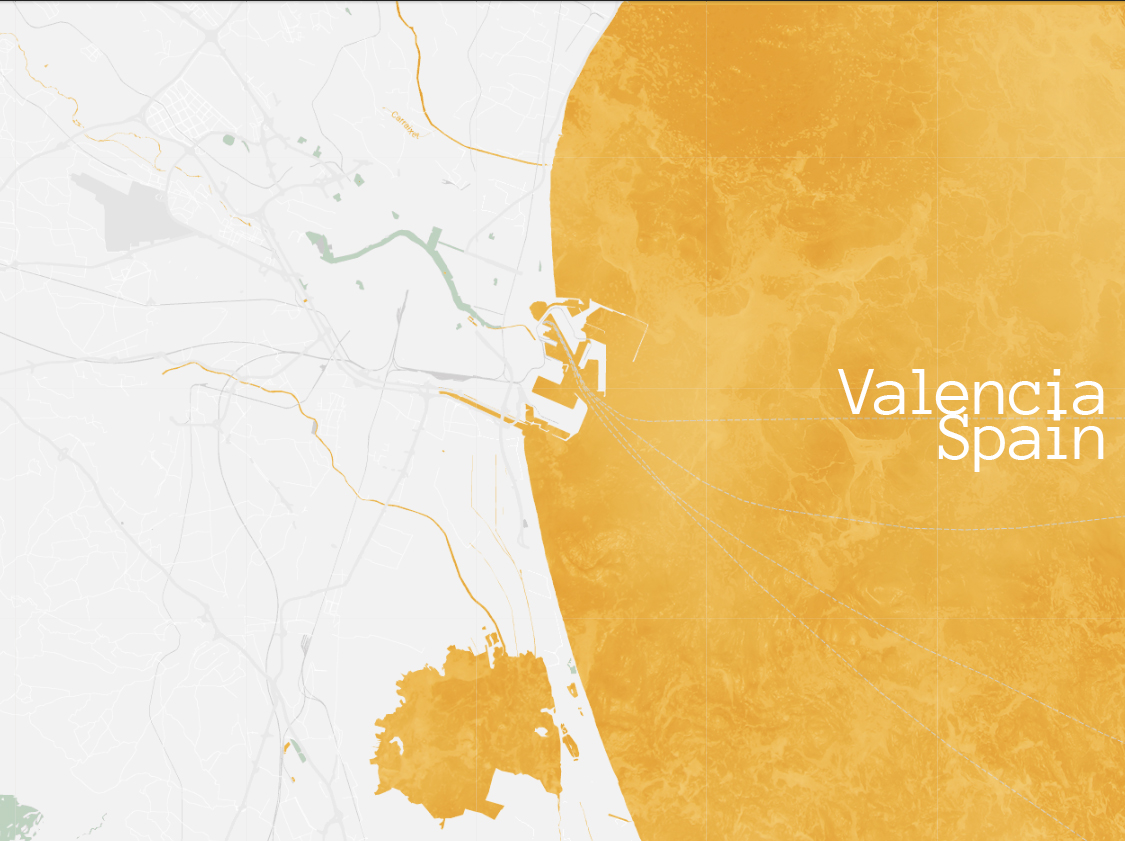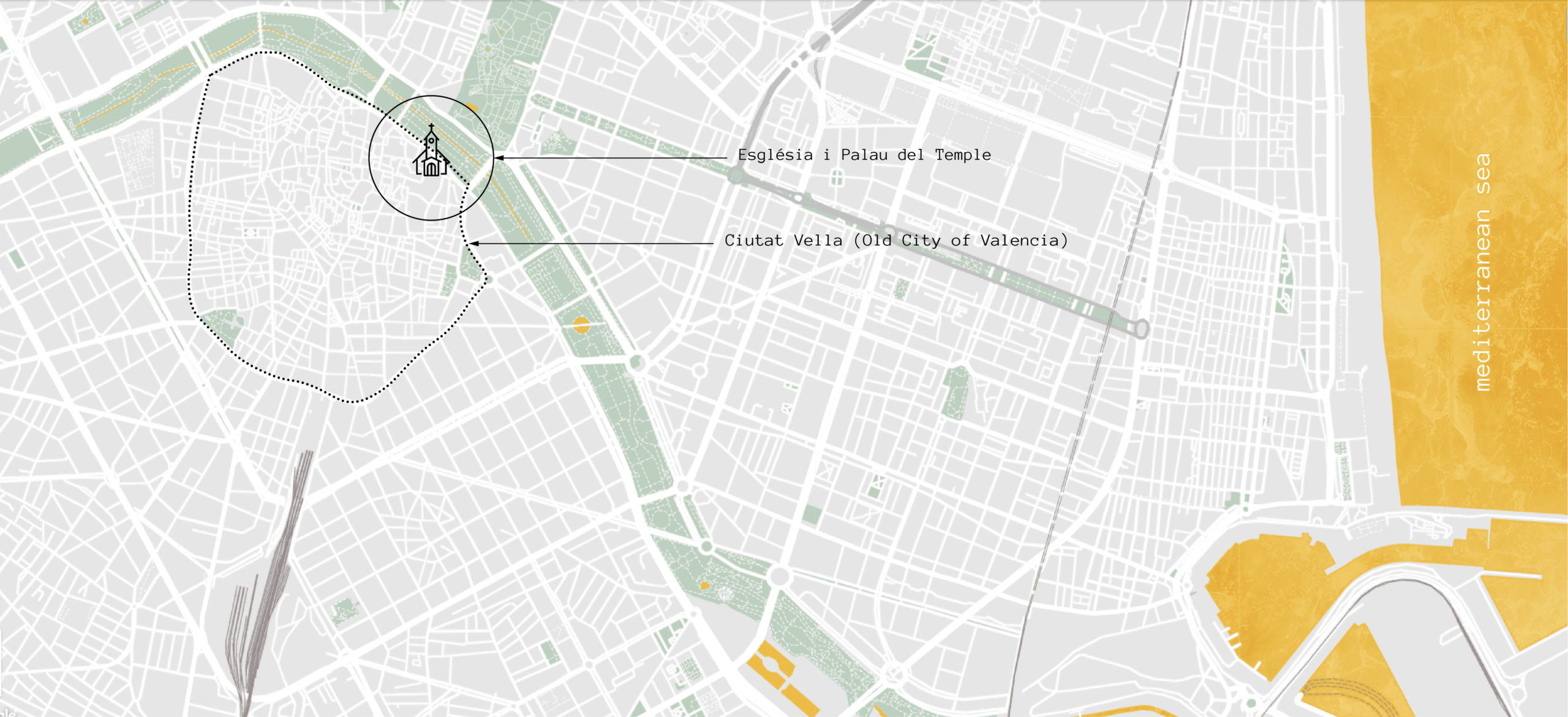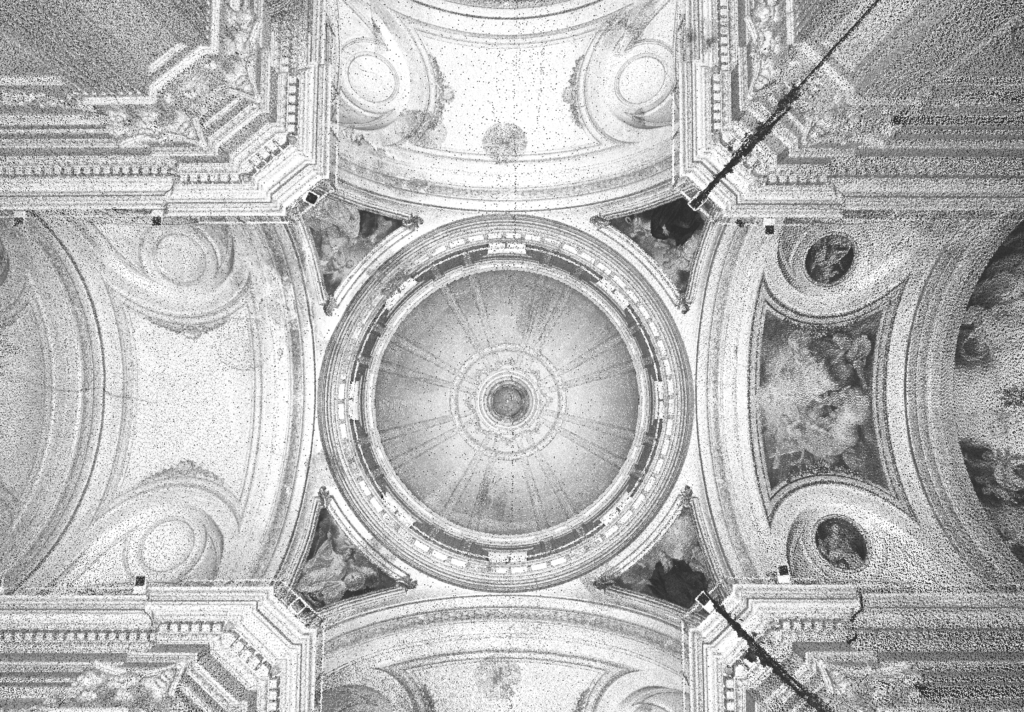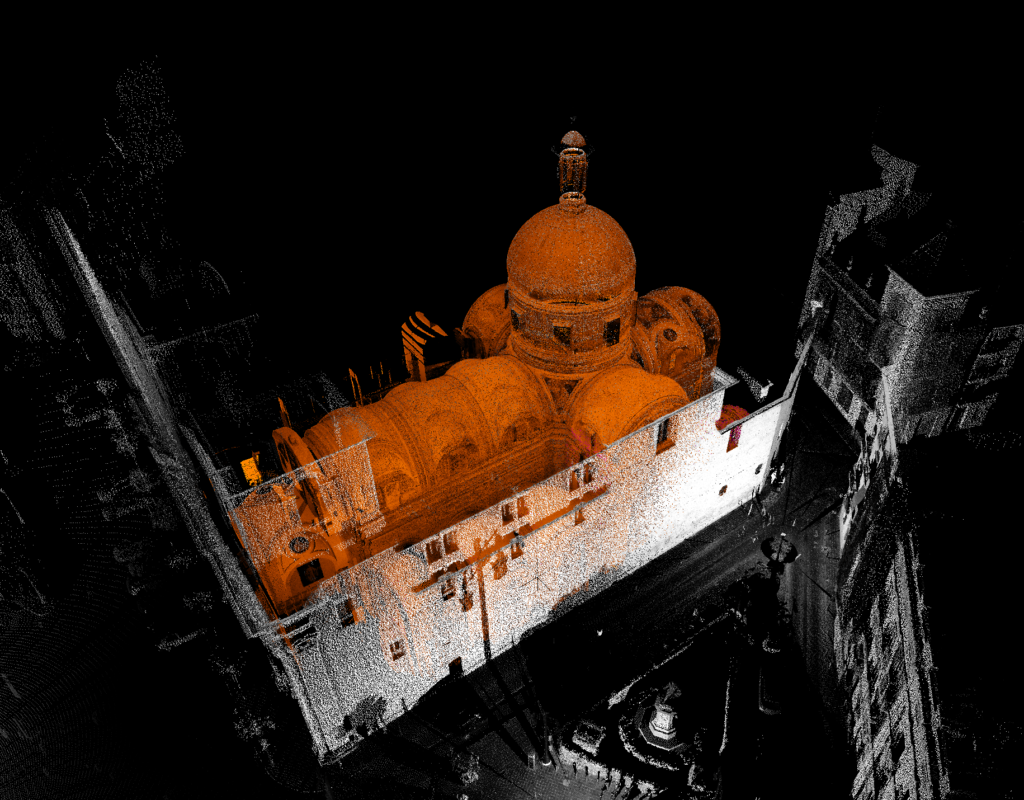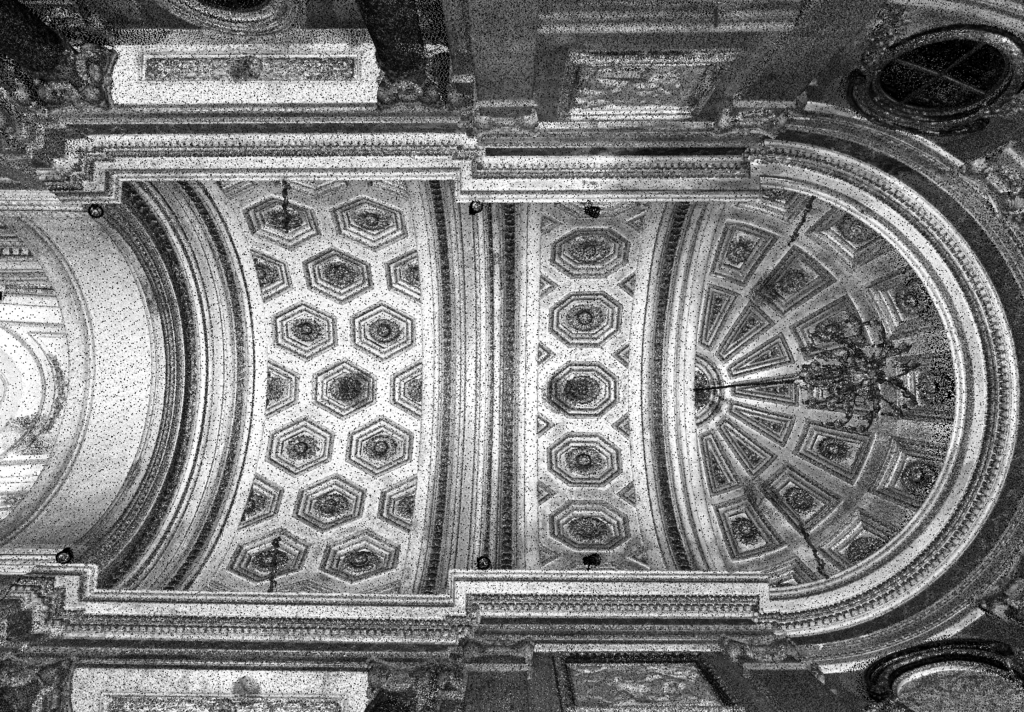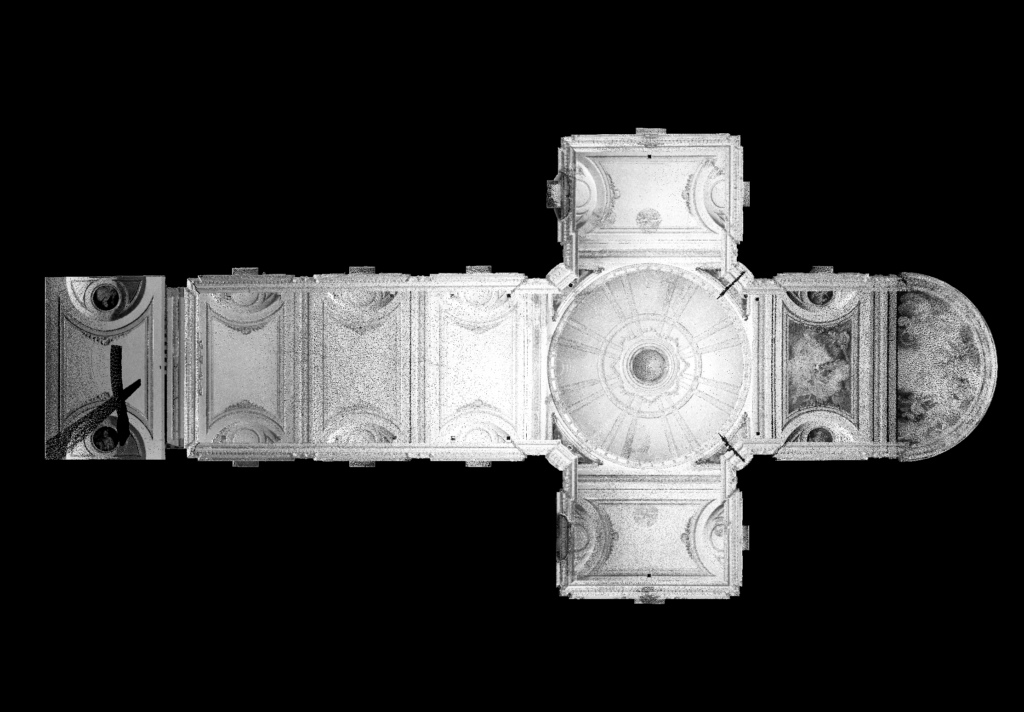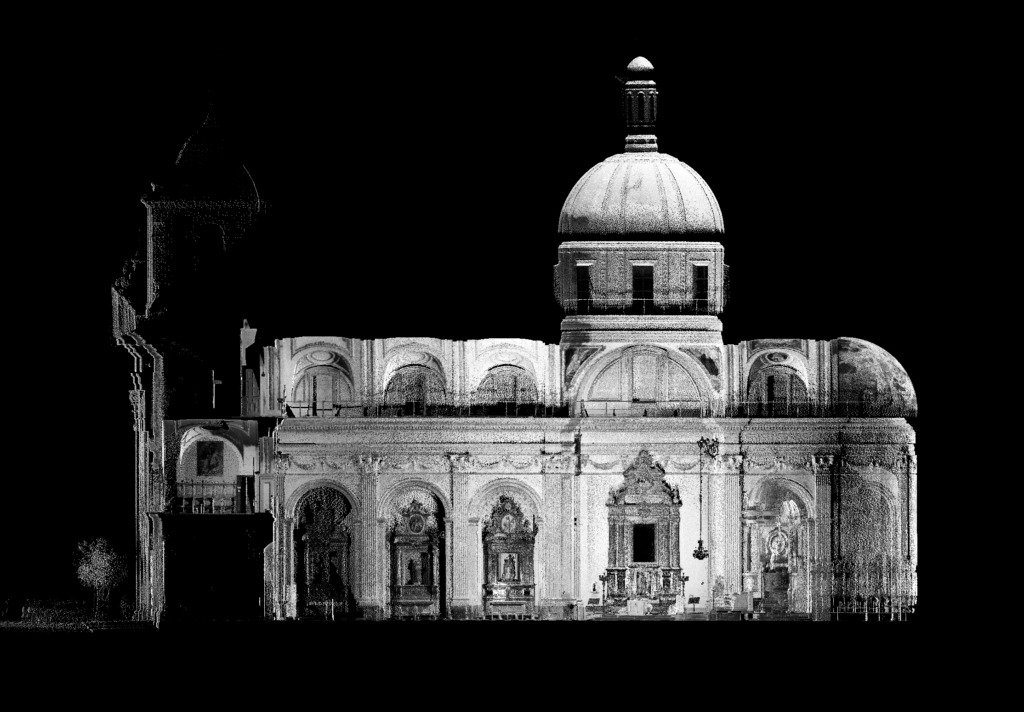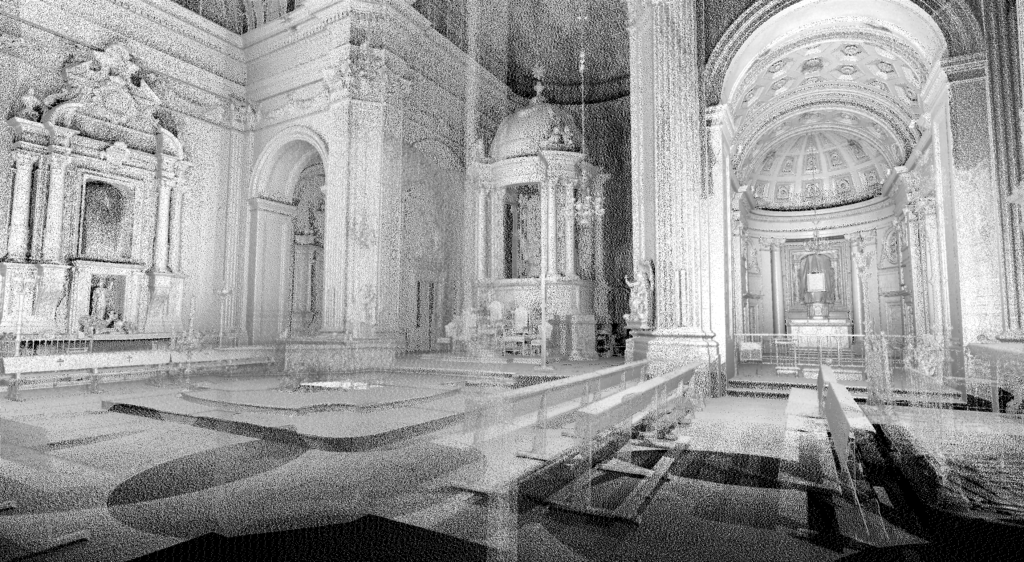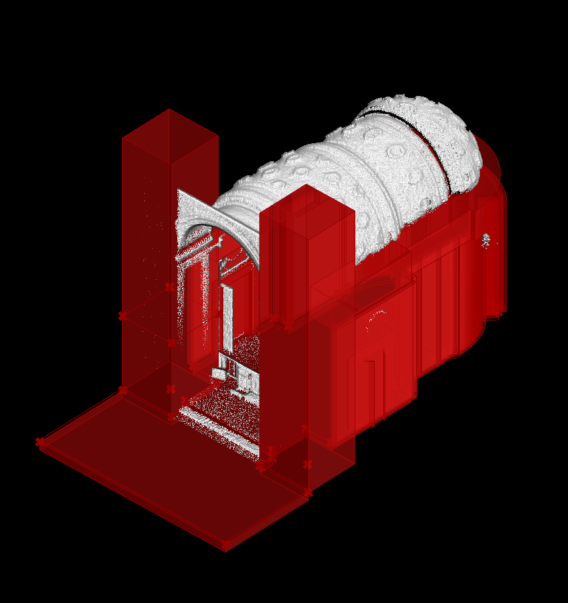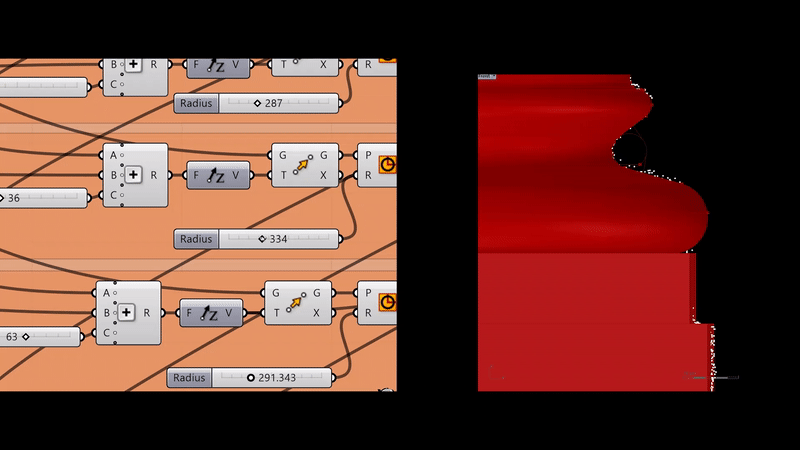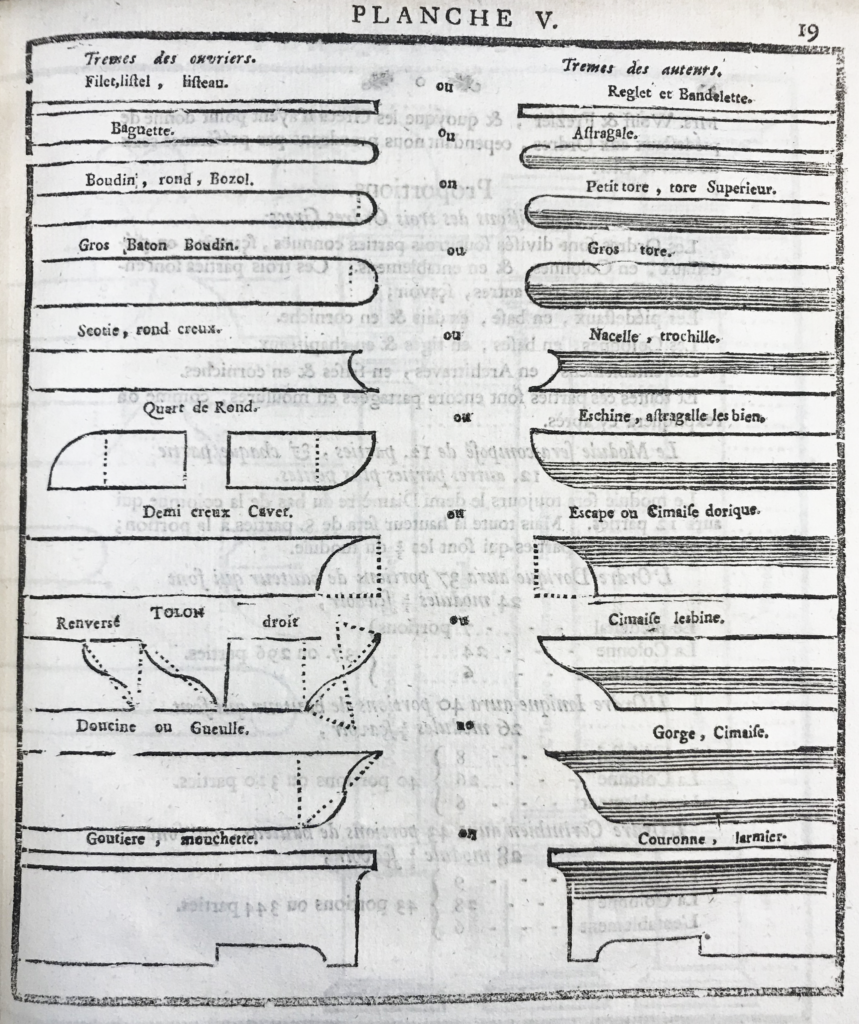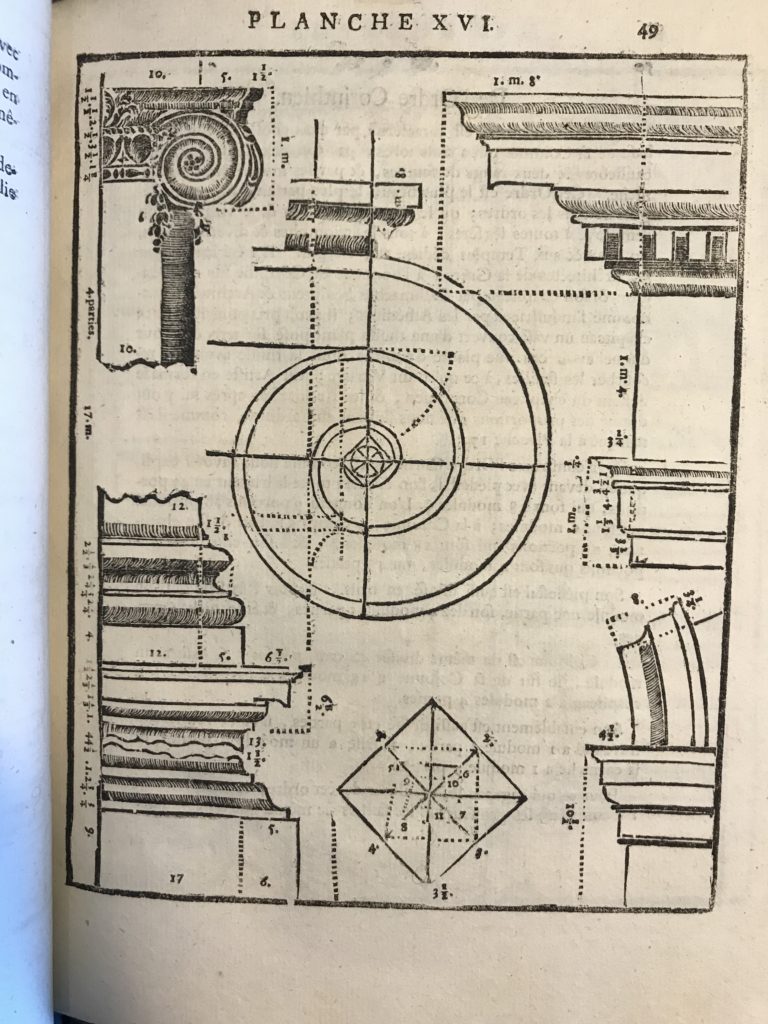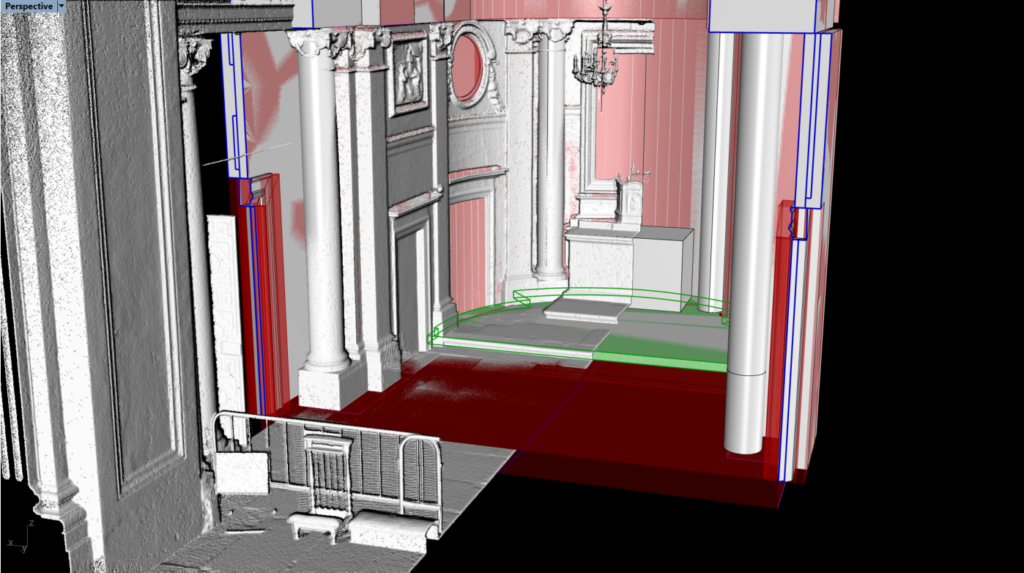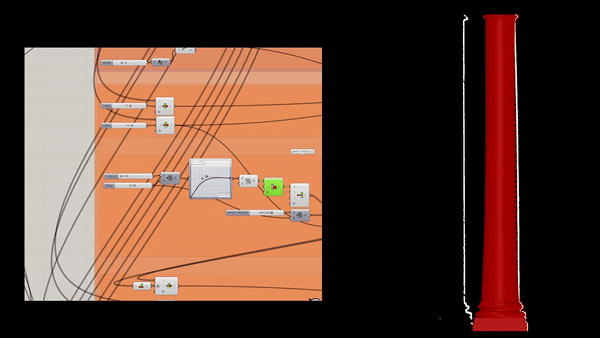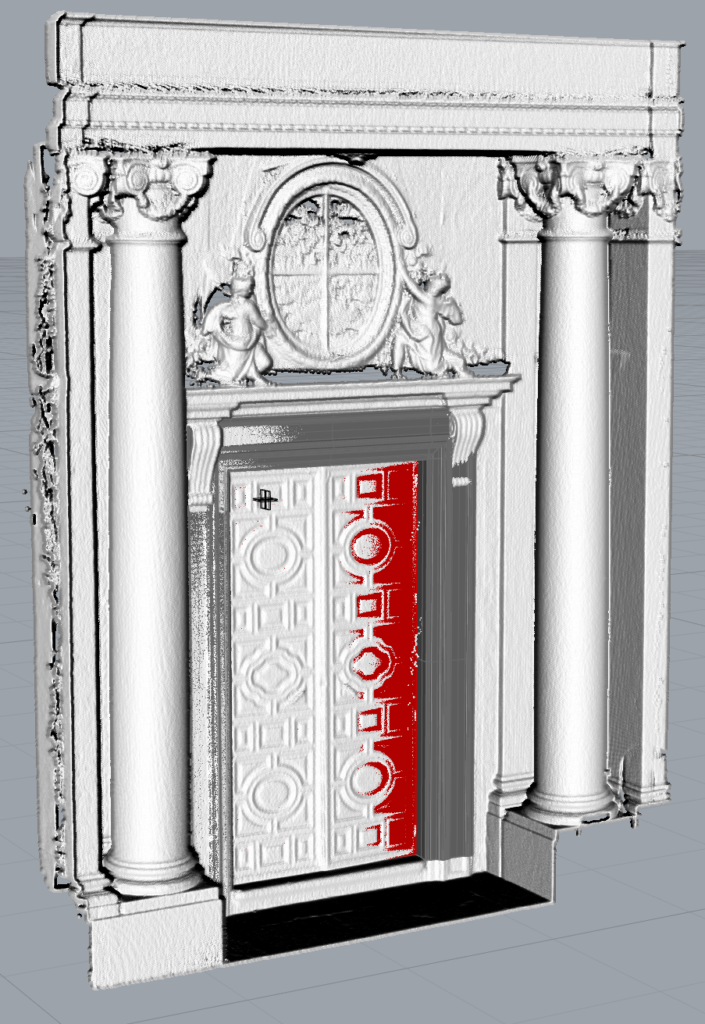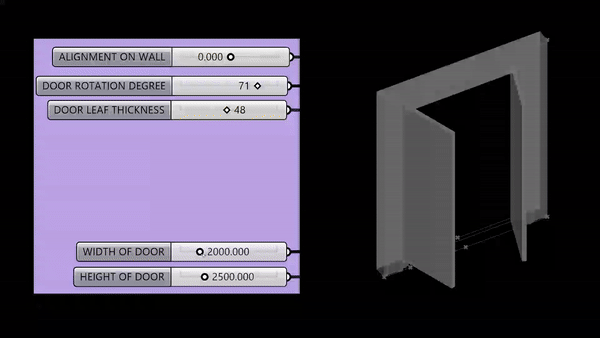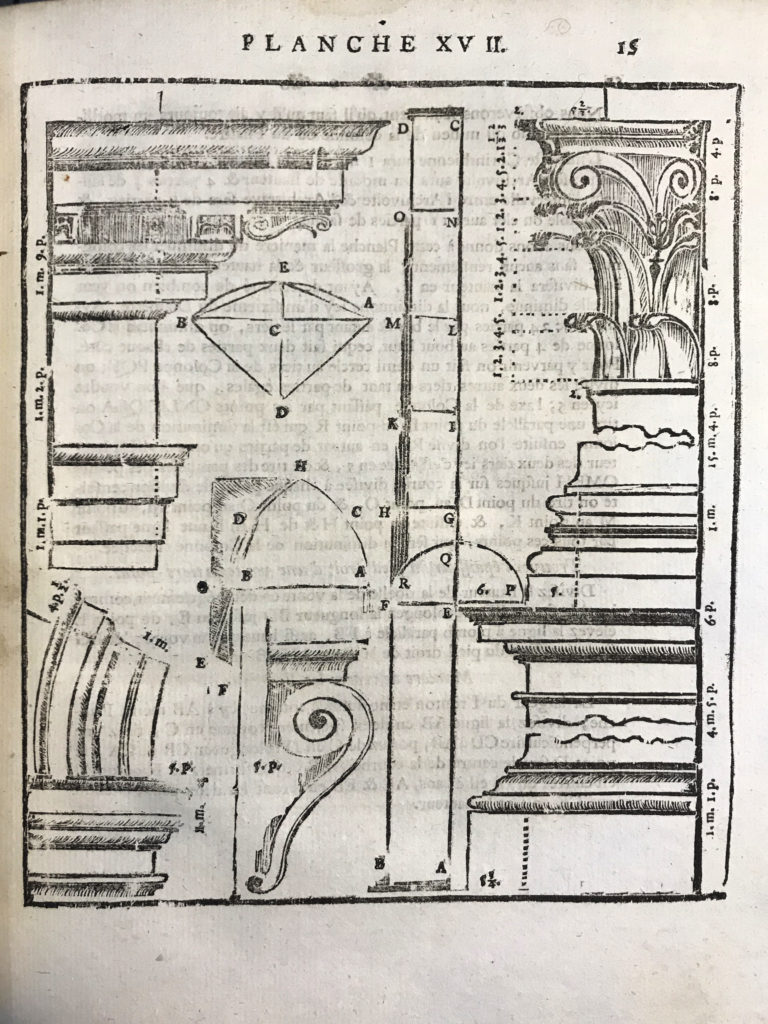TOWARDS VISUAL PROGRAMMING IN HERITAGE BIM:
A LOOK INTO THE ROLE OF SHAPE GRAMMARS AND ARCHITECTURAL RULE FOR AN ALGORITHMIC BASED SEMI-AUTOMATIC GENERATION OF ARCHITECTURAL HERITAGE ASSETS FROM POINT CLOUDS
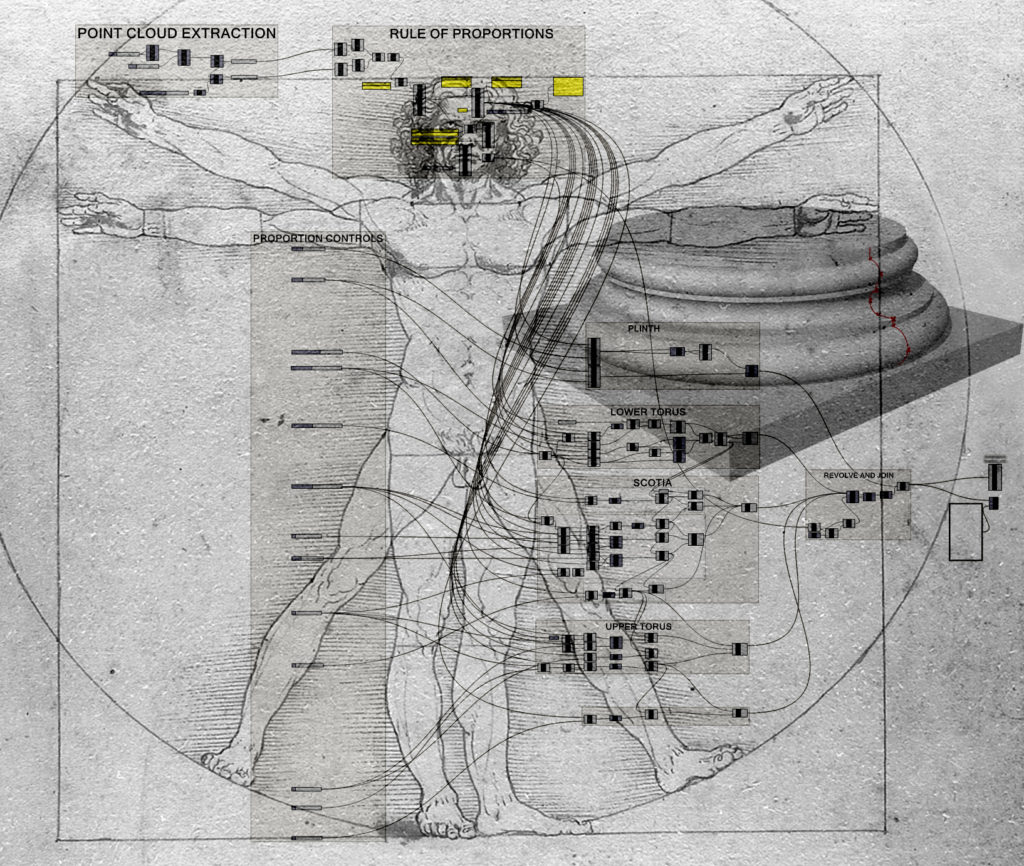
The theory and principles of architectural proportions set forth by Vitruvius in “De Architectura” broke way for the creation of various rules and proportions to be written out by many notable architects and theorists. These varieties of relationships and orders bring a challenge of high complexity in sequential variability of ornamental ordinance when creating Heritage BIM Families of various architectural elements. Current Heritage BIM methods of modelling often limits the amount of customization of an asset’s ornamental proportions and ordinance. This paper will discuss the use of Visual Programming Languages as tools within Heritage Building Information workflow, allowing for a semi-automatic generative approach of modelling architectural elements from extracted planes, areas, line and points registered through surveyed point cloud data coupled with the use of a parametric library of Renaissance and Classical order shape grammars to allow for a higher degree of customization within an assets ornamental ordinance and proportions. The terrestrial laser scanning data collected at the Església i Palau del Temple in Valencia (Spain) was used as the basis for this study. Historically, being built in the 18th century, it conforms to the classical principles of Renaissance architectural proportions and was an ideal subject for this case study.
Proportions and Ordonnances
 Since the publication of Vitruvius’ book, De Architectura, architects and architectural theorists have hypothesized their views of perfect proportions derived from ideas in Humanism, Science, and Mathematics[1]. These treatises and architectural order drawing plates would often, equally, have similarities with the overall geometry and inherent character of the order but also have slight dissimilarities within the micro-aesthetics of the orders, often causing challenges with modelling from point cloud data using pre-prescribed asset family libraries. The majority of, if not all, architectural styles such as Classical, Gothic and their sub-styles, Beaux-arts, Second Empire, Georgian, Victorian, including contemporary architecture, follow certain similar rules of proportions, shape grammars, and algorithms that can be seen stemming from Vitruvius’ six Principles. In fact, methods and workflows established for VPLs included in most current modelling platforms, such as Revit with Dynamo, Rhinoceros3D’s Grasshopper, Blender’s Graphical Logic Editor, Unreal Engine’s Blueprint, follow a similar structure to the architectural principles outlined most treatises, giving architectural elements parametric adaptability when having to model the asset to a higher level of detail. In addition, VPLs allow for further parametric and real-time interoperability between BIM platforms.
Since the publication of Vitruvius’ book, De Architectura, architects and architectural theorists have hypothesized their views of perfect proportions derived from ideas in Humanism, Science, and Mathematics[1]. These treatises and architectural order drawing plates would often, equally, have similarities with the overall geometry and inherent character of the order but also have slight dissimilarities within the micro-aesthetics of the orders, often causing challenges with modelling from point cloud data using pre-prescribed asset family libraries. The majority of, if not all, architectural styles such as Classical, Gothic and their sub-styles, Beaux-arts, Second Empire, Georgian, Victorian, including contemporary architecture, follow certain similar rules of proportions, shape grammars, and algorithms that can be seen stemming from Vitruvius’ six Principles. In fact, methods and workflows established for VPLs included in most current modelling platforms, such as Revit with Dynamo, Rhinoceros3D’s Grasshopper, Blender’s Graphical Logic Editor, Unreal Engine’s Blueprint, follow a similar structure to the architectural principles outlined most treatises, giving architectural elements parametric adaptability when having to model the asset to a higher level of detail. In addition, VPLs allow for further parametric and real-time interoperability between BIM platforms.
[1] R. Fréart, A Parallel of the Ancient Architecture with the Modern, Eighteenth Century Collections Online: Social Sciences and Fine Arts (T.W., 1733), https://books.google.ca/books?id=e3xiAQAACAAJ.
